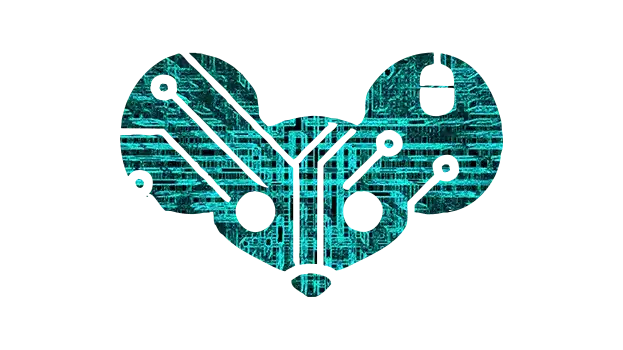So then delete the row. OP, you control the spreadsheet, right?
I can’t speak for others, but I personally appreciate the info anyway. Because I wouldn’t trust a VPN company that’s been around for like 3 months. And it allows you to judge a track record with context.


The critical thing with these is response time. If it’s even slightly too high (I think 20-30ms is easily too high), some/many people get very motion sick. Getting that time down as low as needed is also not trivial.
With it only being 60 Hz on the controller itself, that’s basically impossible to hit. That’s 16.6 ms already. Then the processing, sending to the PC, and the PC reacting has a budget of just a few ms? Yea, not happening.
I’m assuming he’s really not sensitive to this. As it’s open source now the people who are sensitive can improve it. That’s the beauty of open source after all.